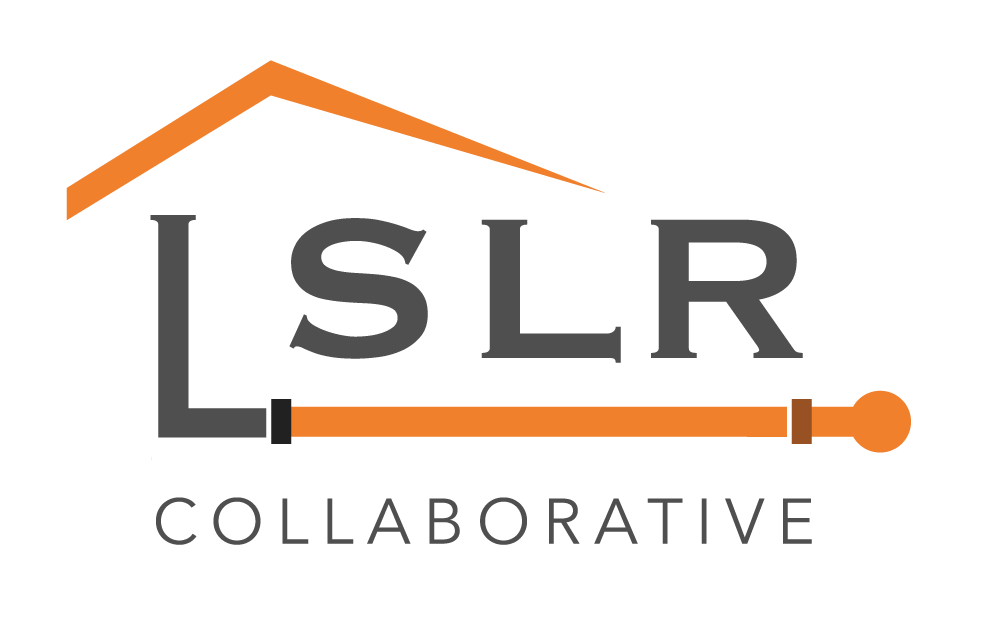|
C& G Newspapers
Mike Koury Read the full article. FERNDALE — The Ferndale City Council made a decision at its most recent meeting that will increase the number of lead service lines replaced over the next three years. At its April 12 meeting, the council approved the replacement of lead service lines under a South Oakland County Water Authority contract for $716,319. This decision will allow Ferndale to replace more service lines than initially anticipated. Last year, the city worked with SOCWA to put out a proposal for lead service line replacements. The contract eventually was awarded to D’Angelo Brothers Inc. The city will pay SOCWA to administer the contract and pay DBI for its services. According to the city, utilizing the SOCWA contract will allow it to replace an additional 158 lead service lines, an increase of 38% from what Ferndale expected to replace this year. Read the full article. East Boston Times
Read the full article. Boston Water and Sewer Commission (BWSC) announced that it is doubling to $4,000 the credit for replacing lead pipes through its Lead Replacement Incentive Program. A recent review conducted by the Commission estimates that as many as 4,800 property owners may be eligible for the program. For most customers, this credit will cover the total cost of the lead pipe replacement. Lead water pipes can significantly increase a person’s exposure to lead, a toxic metal that can be harmful to human health. The water provided by BWSC and Massachusetts Water Resources Authority (MWRA) is lead-free when it leaves the reservoirs because distribution pipes are made mostly of iron and steel. However, lead can leach into tap water through home service lines and internal plumbing, especially if water sits for long periods of time before use. People in homes and businesses built before 1950 should run their drinking water for two to three minutes if it has been stagnant for several hours, before drinking or cooking, to flush out any lead that might have leached into the system. EPIC
By Maureen Cunningham and Olya Egorov See the original blog. In the United States, there are an estimated 6-10 million lead service lines in approximately 11,000 communities that deliver drinking water to our kitchen taps, potentially exposing individuals of all ages to lead poisoning. Although a number of cities have committed to removing lead pipes in their communities, several municipalities lag behind, largely due to disparities in access to funding, as well as their capacity to manage a wide range of water quality issues in addition to lead. If the revised Lead and Copper Rule (currently subject to a regulatory freeze, while the EPA seeks additional public input) goes into effect, one of the biggest revisions affecting public water systems is the requirement that all water systems conduct an inventory of lead service lines, both public (owned by the water system) and private (owned by the homeowner or landlord) or otherwise prove the absence of lead service lines. Aside from the pending federal regulations and some existing state-level regulations, identifying, mapping, and conducting inventories of lead service lines is one of the first steps to launching a successful lead service line replacement program. The location and number of lead lines, for example, can help determine the most adequate funding strategy, including which grants or loans the municipality can apply for and the percentage of lead lines on the private side versus the public side of the line. Knowing the number and location of lead lines is a basic first step to addressing the problem. |
Have a suggestion for an article or blog to add?
Let us know! Type
All
Date
April 2023
|


 RSS Feed
RSS Feed